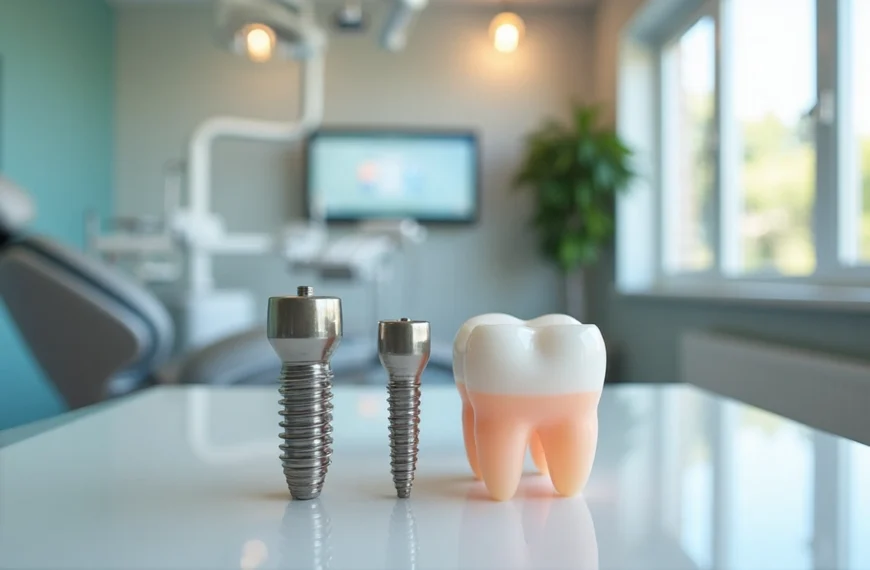Smart planning is key to a successful budget kitchen remodel, helping you achieve amazing results without breaking the bank.
Embarking on a budget kitchen remodel can seem daunting, but with strategic planning, you can transform your space without overspending. This guide will walk you through cost-effective strategies to revamp your kitchen efficiently.
Kitchen remodels rank among the priciest home improvements, and even basic upgrades can cost thousands. But you don’t need to drain your savings account to create your dream kitchen. Smart planning helps you achieve amazing results without breaking the bank.
New cabinets alone cost several thousand dollars. We found many ways to update kitchen spaces affordably. Smart choices like refinishing existing cabinets and using economical options such as ceramic tile backsplashes can revolutionize your kitchen’s look.
This piece will guide you through the steps to create an affordable kitchen that matches your vision. You’ll become skilled at planning your budget and identifying valuable updates. Breaking down the renovation into manageable phases helps keep costs under control.
1) Planning Your Kitchen Remodel Budget
A realistic budget creates the foundation of a successful kitchen renovation. You should know how much to invest right from the start to avoid money problems down the road.
Calculate total available funds
Financial experts suggest spending 5-15% of your home’s value](https://www.jsbhomesolutions.com/learning-center/kitchen-remodel-cost) on a kitchen remodel to maximize returns. To cite an instance, a $300,000 home would need a renovation budget between $15,000 and $45,000. On top of that, it turns out most homeowners pay for kitchen renovations through savings (83%) or credit cards (37%).
Set aside emergency buffer
Contractors strongly suggest keeping 15-20% of your total budget for surprise expenses. This emergency money helps cover hidden problems like damaged floors or old wiring that show up during renovation. This buffer keeps your project moving and prevents money stress.
Research material costs
Your budget works better when you know typical cost breakdowns. Here’s how renovation costs usually split up:
- Cabinets: 29%
- Labor: 17%
- Appliances: 14%
- Countertops: 10%
- Walls and windows: 9%
- Flooring: 7%
- Lighting: 5%
- Design: 4%
- Plumbing: 4%
Get multiple contractor quotes
You should get at least three contractor bids to ensure the best value. Look for detailed breakdowns of labor, materials, and other costs when comparing quotes. Professional quotes should list every important aspect, from material quantities to specific tasks in the work scope. A contractor who gives just a lump sum without details raises a red flag.
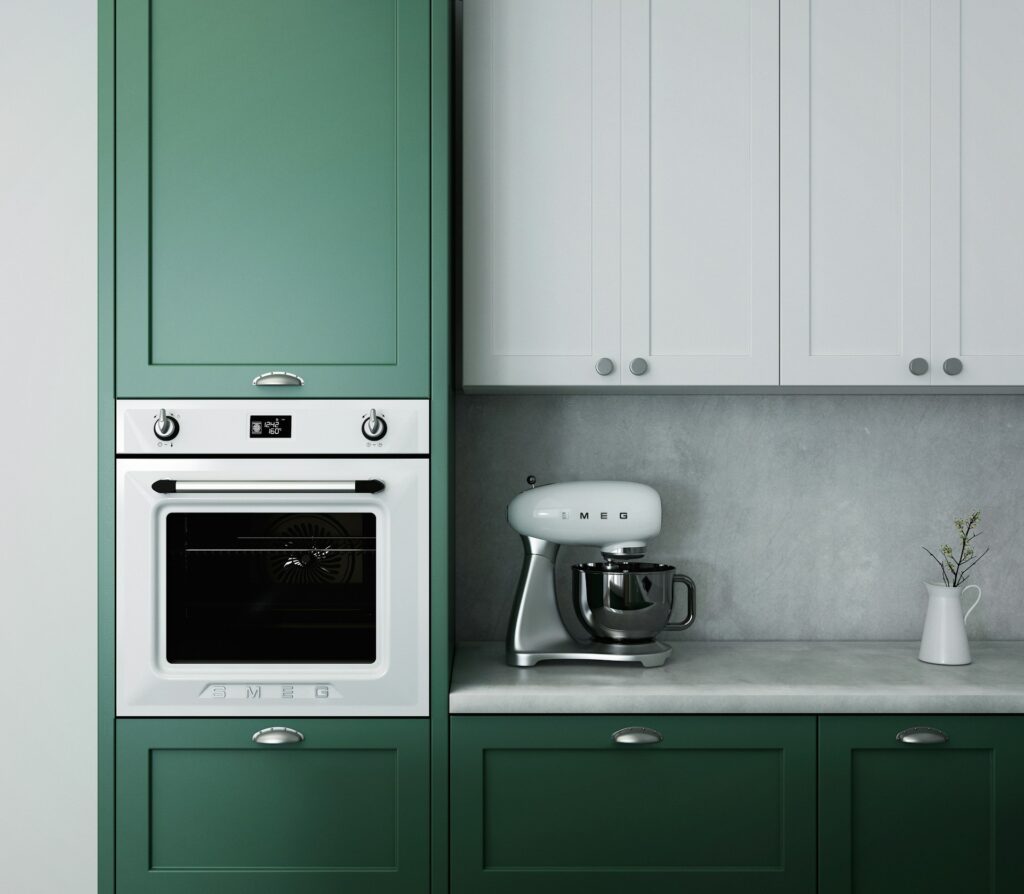
2) Smart Ways to Cut Renovation Costs
Smart choices about what to change and keep can reduce your renovation costs by a lot.
Keep existing layout
Your kitchen’s current layout can save you substantial money. Moving plumbing services or adding electrical outlets makes costs rise dramatically. You can still make meaningful changes like replacing a peninsula with an island or updating fixtures without moving major elements.
Refinish vs replace cabinets
The right cabinet updates save you money. A complete cabinet replacement runs between $14,608 to $41,376, while refacing existing cabinets ranges from $4,495 to $10,558. Cabinet refacing replaces doors and drawer fronts but keeps the interior structure intact. Wood cabinets in good condition can be refinished at about two-thirds the cost of refacing.
Shop end-of-season sales
The right timing helps you find great deals. Appliance prices drop lowest during these times:
- October and November bring the best discounts
- Memorial Day and Labor Day sales events
- September and January as stores clear previous year’s models
Buying multiple appliances together unlocks package deal savings. Local retailers often beat online prices since they control pricing better and provide easier warranty service.
3) Which Updates Give Best Value
Smart kitchen updates can bring excellent returns when you sell your home. Mid-range kitchen remodels typically earn back 60-80% of costs at resale.
High-impact changes
Cabinet updates deliver the most consistent value. A minor kitchen remodel with new cabinet fronts and hardware brings approximately 70% return on investment. Without doubt, countertops are a major focal point, and quartz or granite installations yield 55-70% ROI.
New flooring can provide up to 80% ROI when you sell. Tile proves budget-friendly while offering great durability. Luxury vinyl planking gives you a practical waterproof solution with warm feel underfoot, though hardwoods remain the top choice for buyers.
Must-have vs nice-to-have items
The key to maximizing your renovation budget lies in knowing which upgrades matter most. These essential features include:
- Pull-out pantry shelves for better storage
- Enough counter space to prepare food
- Surfaces that last and clean easily
- Good lighting in work areas
Fancy additions like pot fillers and specialized ice makers rarely boost your home’s value. As with customized features such as sparkly purple backsplashes or unique color schemes, they might turn off future buyers.
Kitchen islands prove both practical and valuable as one of the most desired features by potential buyers. They add counter space and storage while making kitchens feel more spacious without structural changes. Your island’s value increases when you add power outlets beneath counters or as pop-ups within the island.

4) Breaking Down the Work in Phases
Breaking down your kitchen remodel into strategic phases helps you manage your budget and stress levels better. We planned this approach to spread costs over time while keeping your cooking space functional.
Essential repairs first
Your budget kitchen remodel should start with safety and functionality. Structural issues, outdated electrical systems, and plumbing problems need immediate attention. A thorough inspection of your roof, HVAC system, and water heater will identify critical repairs before any cosmetic work begins. You’ll need to address:
- Outdated electrical wiring
- Water damage or leaks
- Structural concerns
- Damaged flooring
- Unsafe plumbing
Cosmetic updates later
Essential repairs pave the way for esthetic improvements. Cosmetic renovations change the surface-level appearance without altering your kitchen’s simple structure. You might consider cabinet refinishing, new paint, updated hardware, or fresh backsplash tiles.
Living with ongoing work
Set up a temporary kitchen space in another room before demolition begins. A practical setup should include a mini fridge, microwave, and electric kettle. This arrangement, combined with good organization, helps you maintain normal routines during renovation.
Dust control is a vital part of construction. Plastic barriers and sealed vents contain debris effectively. The project becomes more manageable when you tackle it in stages rather than gutting everything at once. To name just one example, removing the range first, then other appliances, lets you keep using parts of your kitchen throughout the process.
Project scope determines the timeline. Demolition usually takes about a week. Rough construction and mechanical work follow. Cabinet installation needs 3-5 days. Countertop measurement and installation might take several weeks. These timeframes help you set realistic expectations for your budget kitchen remodel.
Note that you should keep a designated “sanctuary space” in your home – a room free from construction materials and debris. This creates your peaceful retreat when renovation stress reaches its peak.
Conclusion
You don’t need to empty your savings account for kitchen remodeling. Beautiful results are possible on a modest budget with smart choices and proper planning.
Your existing layout’s preservation while updating finishes will save you money. Cabinet refinishing can cut costs by 70% compared to replacement. Smart timing of appliance purchases during sales events helps your budget go further.
The renovation becomes financially and logistically manageable when broken into phases. Essential repairs should come first to ensure safety and functionality. Later, affordable cosmetic updates can enhance the kitchen’s appearance.
Updated cabinet fronts, durable countertops, and practical islands give the best return on investment. Luxury additions might look tempting, but fundamental improvements create lasting value.
Your dream kitchen is within reach without a scary price tag. A successful budget remodel balances costs against long-term benefits effectively. Proper research, planning, and execution will get you there.
FAQs
Q1. What are some budget-friendly ways to update a kitchen? Affordable kitchen updates include painting cabinets, installing new hardware, updating the backsplash, and shopping for appliances during end-of-season sales. Keeping the existing layout and refinishing rather than replacing cabinets can also lead to significant savings.
Q2. How much should I budget for a kitchen remodel? A realistic budget for a kitchen remodel typically ranges from 5-15% of your home’s value. For a $300,000 home, this would be between $15,000 and $45,000. It’s wise to set aside 15-20% of your total budget as an emergency buffer for unexpected issues.
Q3. Which kitchen updates offer the best return on investment? High-impact changes that offer good ROI include updating cabinet fronts (70% ROI), installing new countertops (55-70% ROI), and upgrading flooring (up to 80% ROI). Adding a functional kitchen island is also highly valued by potential buyers.
Q4. How can I manage a kitchen renovation in phases? Start with essential repairs addressing safety and functionality issues. Then move on to cosmetic updates like refinishing cabinets, painting, and updating hardware. This approach allows you to spread costs over time while maintaining a functional cooking space.
Q5. Should I paint or refinish my existing kitchen cabinets? If your cabinets are in good condition, refinishing is often more cost-effective than painting or replacing. Refinishing preserves the wood’s natural beauty and can cost about two-thirds the price of refacing. However, if you’re looking for a dramatic change, painting can be a viable option.
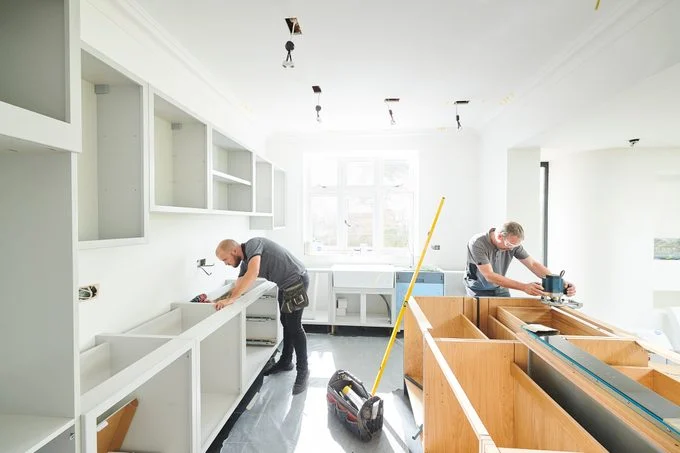
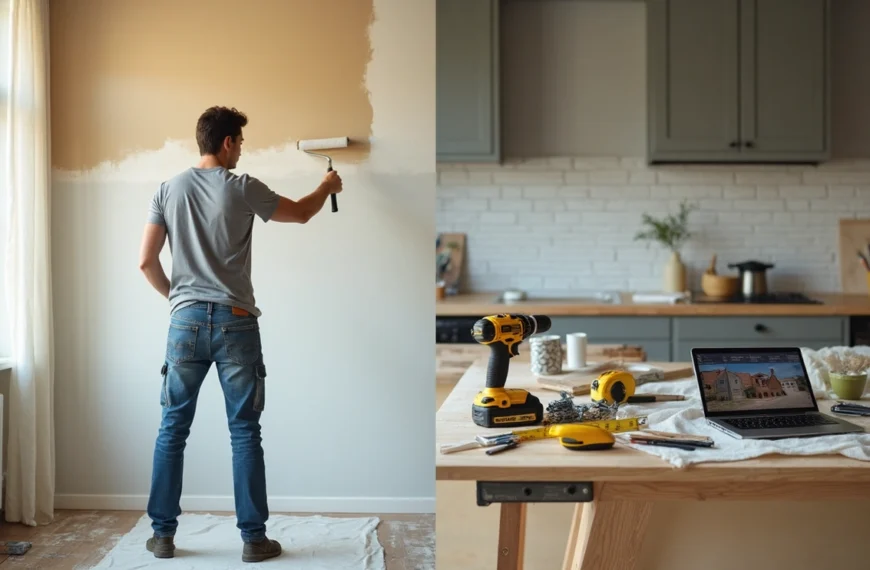
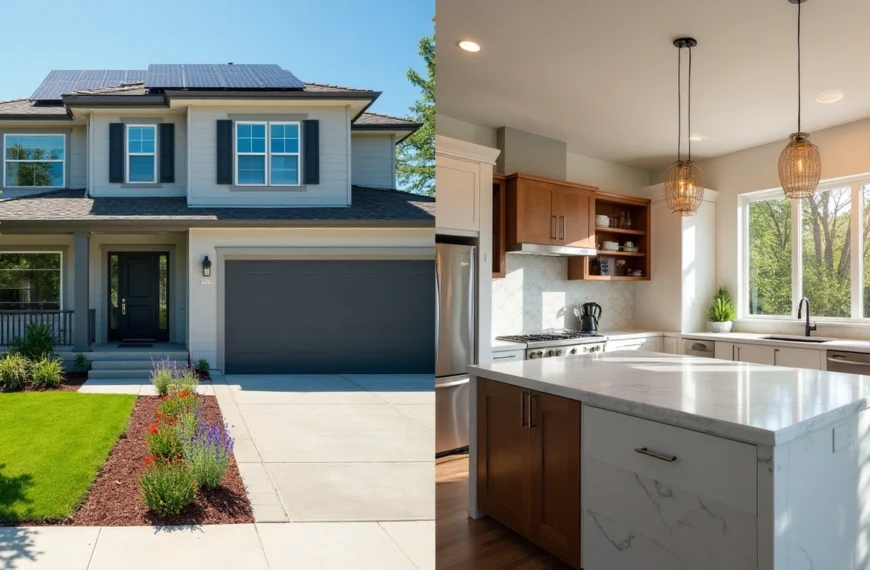
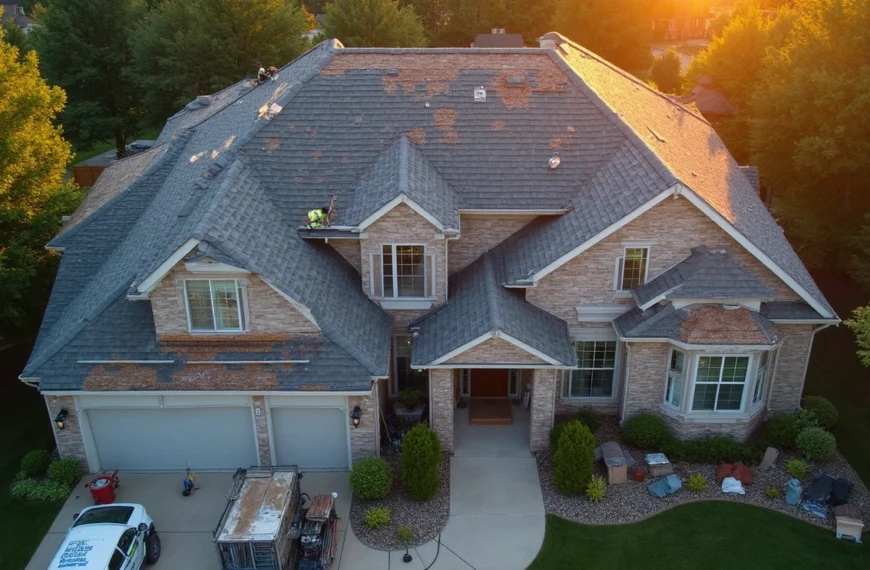
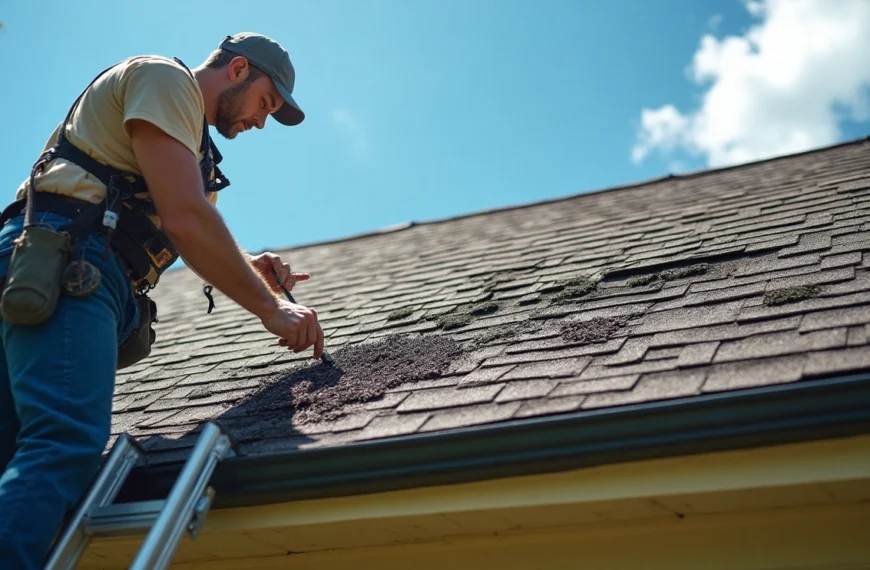








![No Win No Fee Lawyers: The Hidden Truth About Settlement Cuts Legal representation through no win no fee lawyers gives clients a way to fight cases without paying anything upfront. Many clients don't know that these services take a big chunk of money after winning the case. Lawyers usually take 25% to 40% of what you win as their contingency fee. The amount lawyers take from settlements can add up fast. A $100,000 settlement means your attorney gets $30,000 if they charge a 30% fee after winning your case. Your solicitor's cut might be £10,000 from a £30,000 compensation award, based on your agreement percentage. This payment model stays pretty much the same for no win no fee lawyers in different places, though percentages can change. This piece breaks down what you need to know about contingency fee deals. You'll learn about standard fee ranges, extra costs beyond the basic fee, and times when this payment setup might not work in your favor. Smart clients should think over these money matters before signing up with a lawyer to make better choices about their legal help. What No-Win No-Fee Really Means Image Source: Express Legal Funding A no-win no-fee arrangement, also called a Conditional Fee Agreement, changes the way people get legal help. This payment approach removes the need to pay legal fees upfront and creates a partnership between clients and their attorneys. How contingency fees work No-win no-fee agreements are based on contingency fees. Lawyers get paid only when they win compensation for their clients. Most lawyers take between 25% and 40% of the final amount, based on how complex the case is and where it's filed. Lawyers take their cut after winning the case. To name just one example, see a case where a lawyer wins £30,000 in compensation with a 33% fee - they would receive £10,000. On top of that, some law firms use sliding scales where they charge less for quick settlements and more if the case goes to trial. The law requires a written agreement before any work starts. This paperwork spells out the lawyer's percentage, what costs you'll need to cover, and other key details. What happens if you lose the case The meaning behind "no-win no-fee" is clear - losing your case means you won't pay your lawyer anything. All the same, you should know about a few money-related details. You won't owe your lawyer when you lose, but some deals might make you pay for court fees, expert witnesses, or other case expenses. The other side could also ask you to pay their legal costs. Many lawyers suggest getting "After Event" insurance to protect their clients. These policies cover any costs if you lose your case, which makes the no-win no-fee setup much safer. Why lawyers offer this model Lawyers want to make legal help available to more people, so they offer these payment plans. This setup helps people who don't have much money take legal action when they have valid claims. The payment structure motivates lawyers to work hard. They only get paid by winning cases, which pushes them to get the best results possible. Lawyers carefully assess each case before taking it on a no-win no-fee basis. They usually accept cases that have a good chance of winning, since they put in lots of time and resources without any guaranteed payment. The Real Cost: How Much Do Lawyers Take from a Settlement Image Source: Greiner Law Corp. The true cost of no-win no-fee legal representation becomes clear once we look at contingency fees. Many clients feel surprised to see a big chunk of their settlement checks going to their attorney's fees. Typical percentage ranges (25%–40%) No win no fee lawyers typically ask for 25% to 40% of the total settlement amount. Personal injury attorneys usually take 33.3% (one-third) of the awarded compensation[101]. Lawyers and clients agree on this percentage before any work starts on the case. Several factors shape the final percentage. Your chances of winning, case complexity, and the work to be done play key roles in determining the attorney's cut. Some areas have laws that cap the maximum contingency fees for specific types of cases. Sliding scale based on case complexity Law firms often use a tiered fee system that changes with the case stage and complexity. This scale rewards quick settlements while paying attorneys fairly if more work becomes needed. The fee might start at 30% if the case settles before lawsuit filing. This number could climb to 35% after filing or reach 40% if the case goes to trial. Law firms often group cases by complexity: 10%-20%: Simple cases with straightforward settlements 25%-35%: Typical personal injury cases 35% and above: Complex cases requiring extensive resources Examples of payout breakdowns These ground examples show how fees affect settlements: A $15,000 settlement with a 33.3% contingency fee.pdf) puts $5,000 in the attorney's pocket, leaving $10,000 for the client. Similarly, from a $100,000 settlement with a 33% fee, the attorney gets $33,000 while the client receives $67,000[102]. Complex cases tell a different story. A $100,000 settlement with a 30% fee plus $5,000 in extra costs leaves $65,000 for the client after all deductions. These fees substantially change the client's final payout. Hidden Costs You Might Not Expect Image Source: Nelson Personal Injury Lawyers Beyond percentage-based fees, clients often feel surprised by extra costs that can reduce their final compensation by a lot. These hidden costs show up in the fine print of no-win no-fee agreements. You should think over these details before signing. Court filing and expert witness fees Legal proceedings come with unavoidable court filing fees. These charges differ by jurisdiction. They usually range from $30 for small claims to several hundred dollars for complex civil lawsuits. Expert witnesses can be expensive, with hourly rates ranging from $150 to $1,000 based on their credentials and testimony complexity. Expert witnesses charge more for court appearances than consultation work because of added pressure and prep time. Clients might still need to pay experts for their prep work even if the case settles before trial. Medical report and investigation costs Medical documentation is a vital part of many legal claims. These costs include fees to release medical records, create specialized reports, and prepare documents. Investigation costs cover evidence gathering, police reports, witness interviews, and other fact-finding work needed to build a strong case. Of course, some firms say they'll cover these expenses upfront, but clients don't completely avoid these costs. When these costs are deducted from your compensation Law firms take these expenses from the settlement amount before they calculate their percentage fee, though each firm handles this differently. Some lawyers subtract these costs after figuring out their contingency fee, which changes how much money clients end up with. Most firms pay case-related costs during the process and get their money back from the settlement. The defendant usually pays most simple legal costs and disbursements in successful cases, but not always everything. Insurance protects clients from costs in unsuccessful claims at many law firms, but this protection isn't guaranteed. Clients should review their agreements carefully since they might still need to pay specific expenses even if they lose their case. When No-Win No-Fee Might Not Be the Best Option Contingency fee arrangements give many people access to justice. However, this payment model doesn't always work in a client's best interests. Knowing these limitations helps clients make better decisions about their legal representation. Cases with unclear liability Lawyer no win no fee arrangements work best in cases where fault is clear. We assessed the probability of success before taking contingency cases. Lawyers might turn down cases if there isn't enough evidence of the other party's negligence or if liability isn't certain. Cases with multiple responsible parties create more challenges. The situation gets complicated fast when several parties share liability. Lawyers are less likely to take these cases on contingency. They need to be confident they can prove the other party's negligence before accepting a case. Low-damage or low-payout claims Small claims often don't work well with the contingency model, even with real injuries. Cases that have minimal injuries or limited financial damages might not bring enough compensation to cover legal costs. The potential settlement needs to be big enough to pay for investigations, witness interviews and court fees. Personal injury lawyers often turn down cases where the "compensation potential" is too small. This doesn't mean the claim isn't valid - it just means the economics don't add up for a contingency arrangement. Situations where hourly billing may be better Hourly billing has clear advantages in certain cases. Clients see exactly what they're paying for - every hour worked and task completed. This model works well for cases that need lots of attention but don't have clear financial outcomes. Complex litigation with opposing parties works better with hourly billing and a retainer fee. Clients have more control over their case and don't feel pressured to settle quickly. Cases that need extensive preparation but have uncertain outcomes fit the hourly model better. Lawyers can spend the time needed without worrying about contingency limits. This approach often leads to better representation, especially for complex legal issues that need special expertise. Conclusion Understanding the Full Picture Before You Sign No-win no-fee arrangements offer legal representation without upfront costs. Of course, this seems attractive at first glance. In spite of that, you need to think about how these agreements can affect your final compensation. Legal fees usually range from 25% to 40% of your settlement - but that's just the start. You'll face more deductions like court filing fees, expert witness costs, and charges for medical documentation. What looks like a "free" service ends up taking a big chunk of your compensation to cover legal expenses. These arrangements work best in specific situations - cases with obvious liability, substantial damages, and solid evidence. If you have a low-value claim or complex liability issues, traditional hourly billing might serve you better. Without doubt, you should ask for clear explanations of all possible costs before signing anything. Read the fine print closely, especially when you have to deal with expenses in unsuccessful cases. Ask to see sample settlement breakdowns that show all deductions. This helps you picture what you might actually take home. Your choice to go with a no-win no-fee arrangement depends on your situation. This model helps if you don't have money to pursue valid claims. But if you have a strong case and enough funds, other fee structures might let you keep more of your compensation. Whatever payment model you choose, knowing exactly how much lawyers take from settlements helps you make better decisions. This knowledge lets you approach legal representation with real expectations and better control over your money. FAQs Q1. What percentage of a settlement do no-win no-fee lawyers typically take? No-win no-fee lawyers typically charge between 25% to 40% of the final settlement amount as their contingency fee. The exact percentage often depends on the complexity of the case and the stage at which it is resolved. Q2. Are there any hidden costs in no-win no-fee arrangements? Yes, there can be additional costs beyond the lawyer's percentage fee. These may include court filing fees, expert witness costs, medical report expenses, and investigation costs. These expenses are usually deducted from the settlement amount before or after the lawyer's fee is calculated. Q3. What happens if I lose my case in a no-win no-fee arrangement? If you lose your case, you generally won't have to pay your lawyer's fees. However, you might still be responsible for certain expenses like court costs or the opposing party's legal fees. Many lawyers offer insurance to protect clients from these potential costs in case of an unsuccessful claim. Q4. When might a no-win no-fee arrangement not be the best option? No-win no-fee arrangements may not be ideal for cases with unclear liability, low-value claims, or complex legal issues requiring extensive preparation. In these situations, traditional hourly billing might be more appropriate and potentially more cost-effective for the client. Q5. Can I negotiate the percentage a lawyer takes from my settlement? Yes, the contingency fee percentage is often negotiable. It's typically agreed upon and formalized in writing before the lawyer begins working on your case. Don't hesitate to discuss the fee structure with your lawyer and ask for a detailed breakdown of potential costs and deductions.](https://consumersweek.com/wp-content/uploads/2025/06/No-Win-No-Fee-Lawyers-The-Hidden-Truth-About-Settlement-Cuts-870x570.webp)
